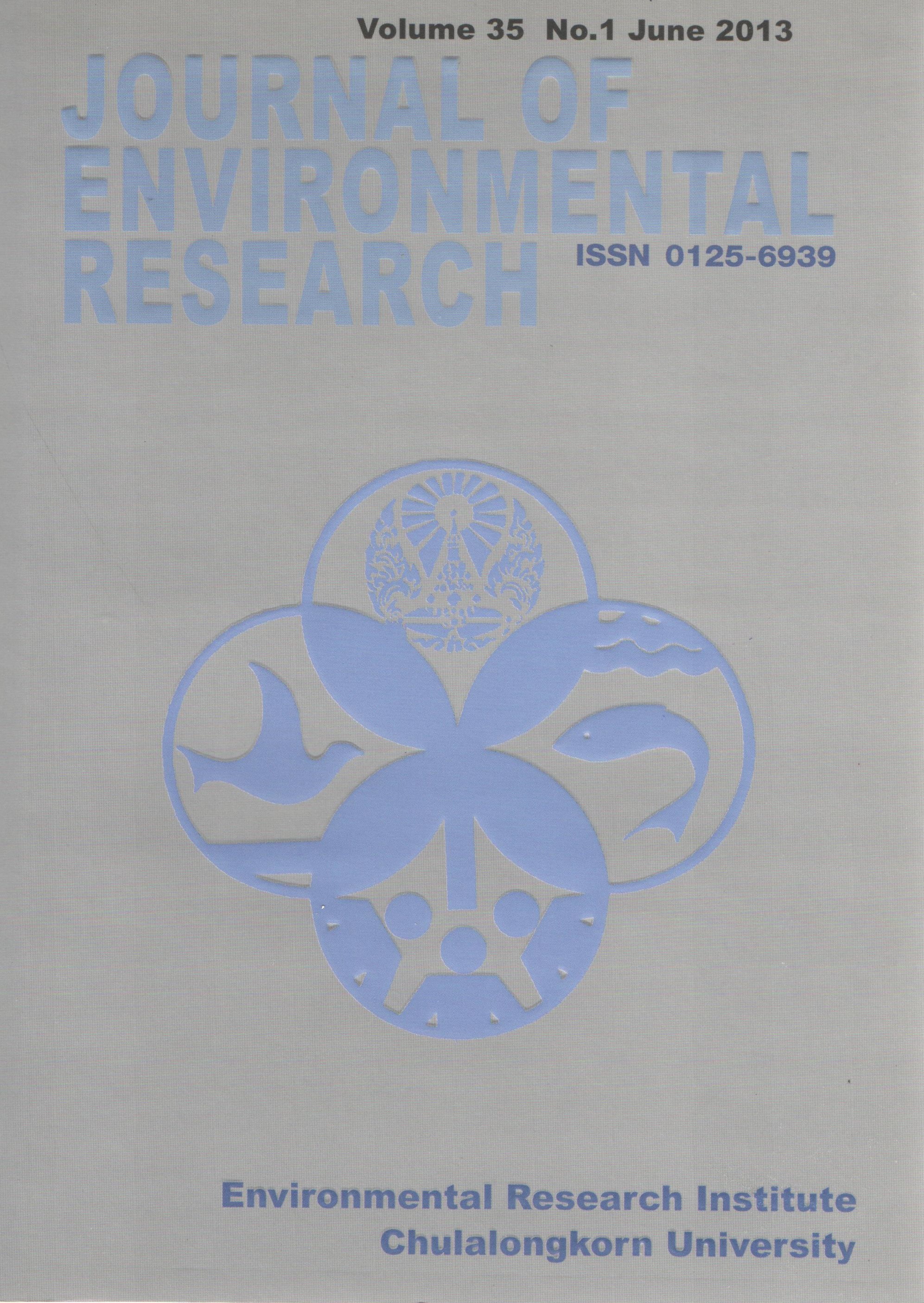Effect of Ecological Factors on Vegetation and Carbon Stock on Samaesan Island, Chonburi Province, Thailand
Main Article Content
Abstract
This study aims to classify this littoral evergreen forest and to analyze the environmental factors that determine its composition and structure and evaluate the potential of carbon stock of each vegetation community. Seventy-five plots were sampled, the plant cover was measured, and the importance value index was calculated. Thirty-seven soil samples were analyzed, and cluster analysis was employed to classify the vegetation communities. Floristic and environmental data were evaluated and ordered using the canonical correspondence analysis (CCA). THEOS was applied to classify the vegetation boundary. Allometric equations were used to calculate the aboveground biomass. The results revealed that the vegetation communities could be divided into five types: 1) the Flatland Flacourtia indica, 2) the Memecylon plebejum with Atalantia monophylla, 3) the Sloping land Memecylon plebejum; 4) the Upland Memecylon plebejum, 5) and the Flatland Dipterocarpus obtusifolius. The aboveground carbon content is controlled by the type of vegetation. The highest potential for carbon stocks per hectare is the Memecylon plebejum with Atalantiam onophylla plant community. CCA result showed that the belowground carbon content appears to be controlled by the slope and type of vegetation. The results of this study indicate that Samaesan Island has high biological diversity and it shows the potential for greenhouse gas mitigation.
Article Details

This work is licensed under a Creative Commons Attribution-NonCommercial 4.0 International License.
Published articles are under the copyright of the Applied Environmental Research effective when the article is accepted for publication thus granting Applied Environmental Research all rights for the work so that both parties may be protected from the consequences of unauthorized use. Partially or totally publication of an article elsewhere is possible only after the consent from the editors.

